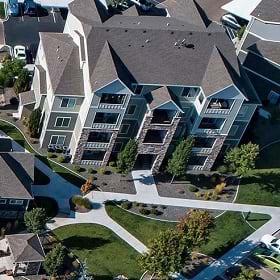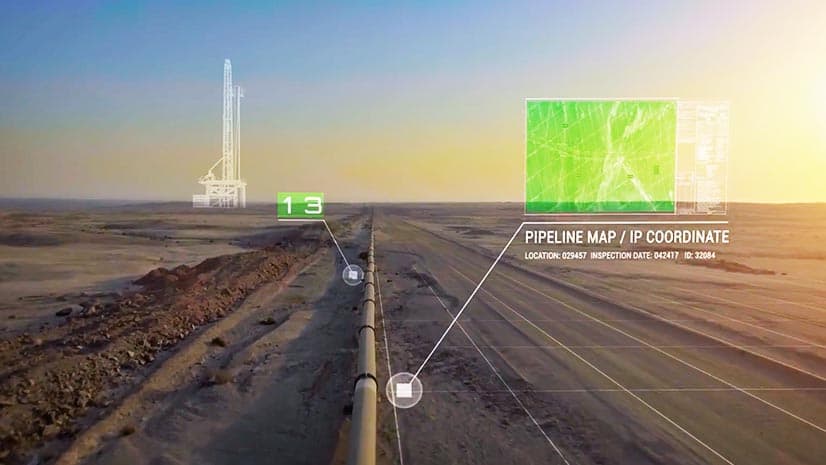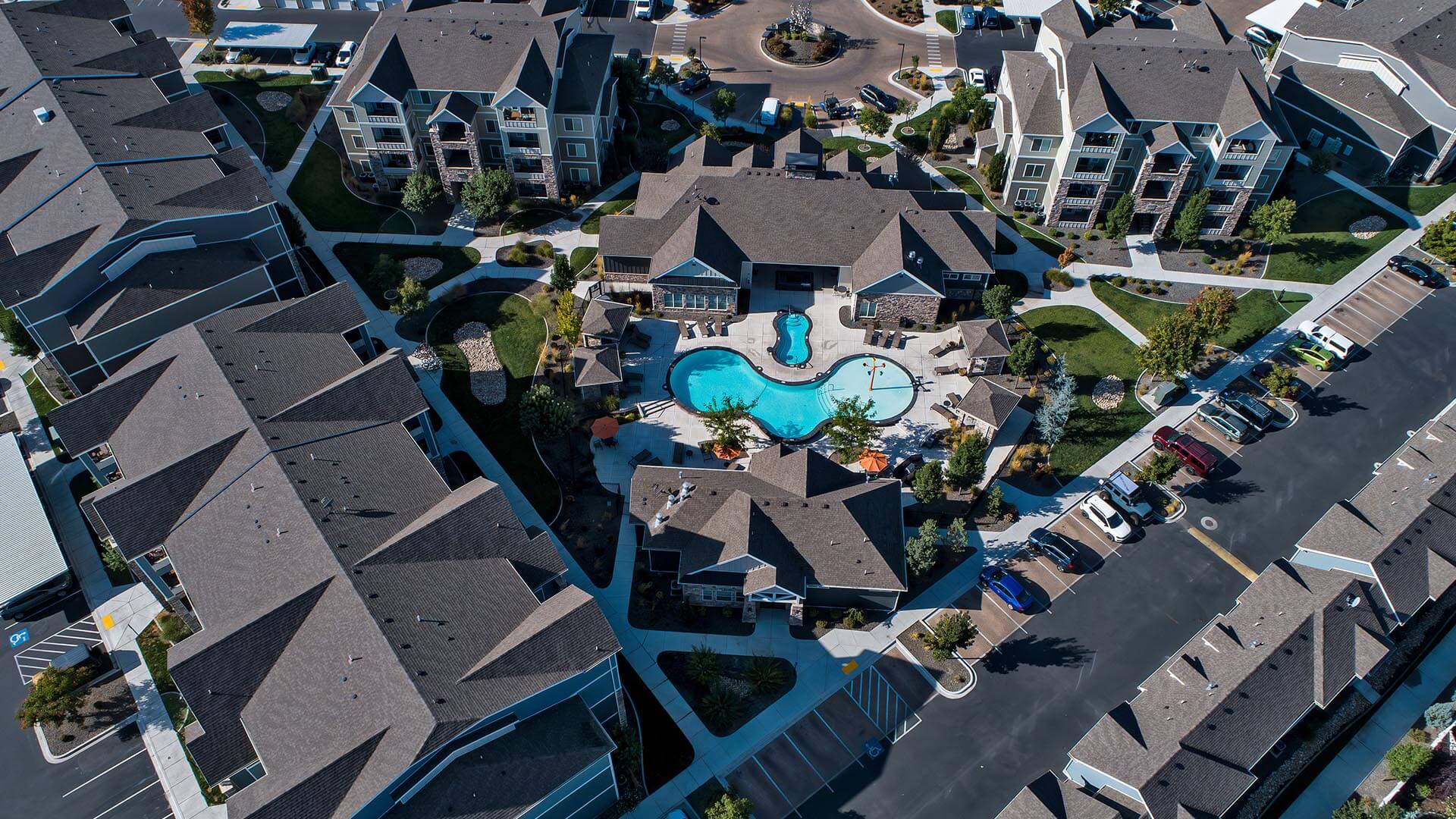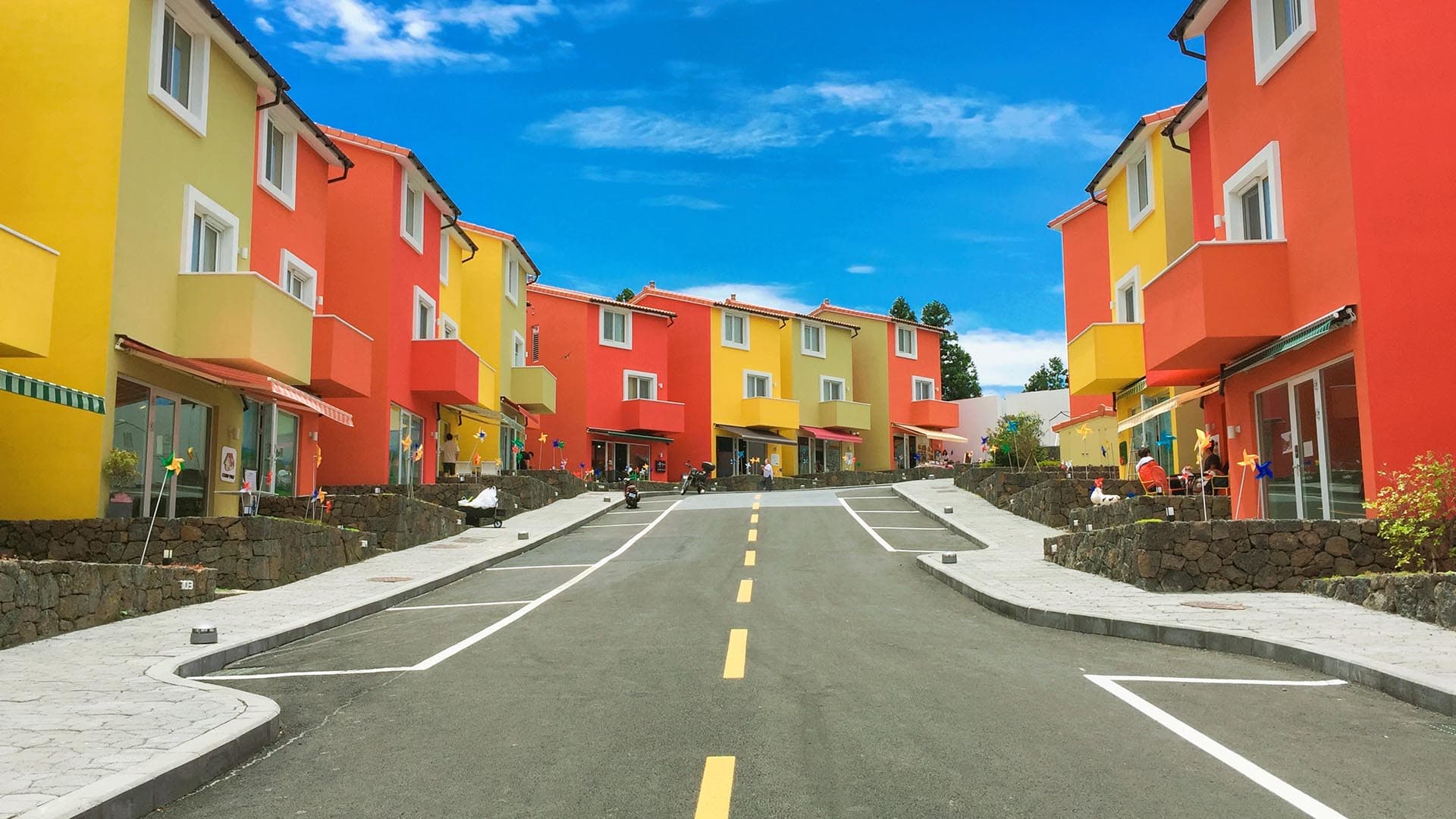A decade ago, investments in proptech—technology aimed at making real estate easier and more efficient for buyers and sellers to navigate—could be measured in the tens of millions.
As the ranks of proptech start-ups swelled and software advanced, investors responded, pouring $13.4 billion into the sector in 2023, tempted by the chance to disrupt the world’s largest asset class. Yet even in a market that’s grown this big, sometimes the most impactful innovations are measured in the smallest increments.
For proptech pioneer Rently, which orchestrates self-guided tours for the rental industry, a surge of demand landed on the company’s doorstep with little warning. It might have overwhelmed some companies, but by integrating a precision form of location intelligence into its platform, Rently turned the business challenge into an opportunity to fuel a new era of growth.
Rently’s Quest to Put Apartment Hunters on the Right Path
Founded in 2011, Rently offers a system of smart locks and secure ID verification that enables prospective renters to visit properties without assistance from leasing agents, a process known as self-guided touring.
The founders’ aim was both to liberate management staff from the time constraints of touring and to allow people looking for an apartment to view units on their own schedules. The business quickly grew among owners and renters of single-family homes. Within a few years of its launch, Rently could count some of the nation’s largest property owners and real estate technology firms as customers.
By 2016, Rently’s leaders were eyeing the next major opportunity for self-guided touring: multifamily developments such as condominiums and apartment communities, often owned by real estate investment trusts (REITs) that generate income off large portfolios of properties. Rently began by selling smart home devices like sensors and alarms to owners, while sizing up the right moment to break in with self-touring technology. Then, almost overnight, COVID-19 changed everything.
With the onset of the pandemic, rental demand in the suburbs and exurbs soared. Owners of multifamily developments were suddenly drawing as many as 50 new tenants a week. For property managers that had typically used leasing agents to handle renter visits, contactless tours became the safest way to conduct business.
Over a thousand new owners of multifamily properties signed up for Rently—a welcome expansion, but one that raised a new challenge. For single-family homes, self-touring renters could find the right property with a simple street address. Renters visiting multifamily apartment complexes had to wander through a maze of buildings, common areas, floors, and doors without assistance from agents.
A New Level of Mapping Accuracy and Convenience
For Jared East, Rently’s vice president of product, a chance meeting at the Apartmentalize Conference with members of location intelligence company Beans.ai catalyzed a solution.
With GIS software at the core of its technology, Beans.ai uses machine learning, lidar scans, and other tools to generate digital maps that are hyper-accurate to within a few feet. Their location technology is employed by organizations requiring precise directions to doorsteps, from delivery companies to firefighters.
When East met the Beans.ai team, he suspected he’d found the key to fast, cost-effective mapping and wayfinding. But to win the trust of company executives, he wanted to prove it. Rently’s product designers worked closely with Beans.ai counterpoints to fine-tune the wayfinding technology and test it in pilots. The feedback was immediate: The technology streamlined the rental process for managers.
With Rently executives on board, East and team integrated the sub-address-level geocoding capabilities and began mapping apartment complexes with GIS—1,500 at the time of this publication.
Rently’s navigation technology, accessible via mobile devices, helps self-touring visitors find the nearest parking location, follow the most efficient route between multiple units, and navigate to amenities like dog parks, gyms, and swimming pools.
“That’s helped us grow tremendously in this last year,” East says. Completed tour conversions rose by 20 percent and the number of tours per community increased as well.
In addition, the time required for property managers to set up a tour dropped from 45 minutes to less than a minute, according to Rently. “It’s helped them capture more business hours in order to turn more profits and lease more units,” East says.

Harnessing micro-location intelligence saved property managers hours of time, increased bookings, and improved renter satisfaction, ultimately helping Rently expand into the multifamily business.
Growing Demand for Precise Location Intelligence
As demand for precise geospatial data grows across industries, applications for GIS in indoor spaces are multiplying. Wayfinding applications powered by location technology have helped university students navigate labyrinthine school buildings and enabled scientists to implement hoteling at a national lab so important work could continue during the pandemic.
When it comes to navigating apartment complexes, the lack of precision in traditional online maps has long bedeviled delivery drivers, not to mention paramedics and police who can lose precious minutes trying to reach residents in need. In the proptech world, solving the navigation problem for renters became an opportunity for competitive differentiation.
A typical apartment community, for example, might encompass 16 buildings, each with several floors and multiple entrances, as well as parking lots, staircases, and elevator banks. If a renter types the address of the community into a typical online map service, a pin appears at random in a multiple-block campus.
East, who got his start at Rently when the founders were still working from a picnic table, remembers when the location problem in multifamily properties was a barrier to growth.
Initially, Rently addressed the issue by annotating slideshows with pictures that demonstrated how to find a unit and smart lock for a self-guided tour.
COVID-19 spurred a surge in multifamily property rentals that was so fast, Rently staffers felt like they were building an airplane in flight. Developing slideshows for hundreds of new customers wasn’t feasible, and the traditional mapping providers Rently contacted were too costly and slow.
“If we wanted to hit the growth numbers we want, we need to get these maps out in days, not weeks,” East says. Integrating precision-guided location intelligence helped make that pace possible.
As Tech Evolves, Value and Location Remain Interlinked
As of this summer, over 3,000 multifamily properties on Rently are equipped with GIS-guided wayfinding technology. A new feature allows renters to search apartment community maps before they even start touring to assess how a unit’s location might suit their needs.
Proptech innovators like Rently are remaking the rental business with new forms of convenience and efficiency, empowered by cutting-edge location technology. But as their story shows, in this business, the value unlocked by location is close to timeless.
The Esri Brief
Trending insights from WhereNext and other leading publicationsTrending articles

December 5, 2024 |

July 25, 2023 |

November 12, 2018 |

April 1, 2025 |

February 1, 2022 |

April 29, 2025 |






